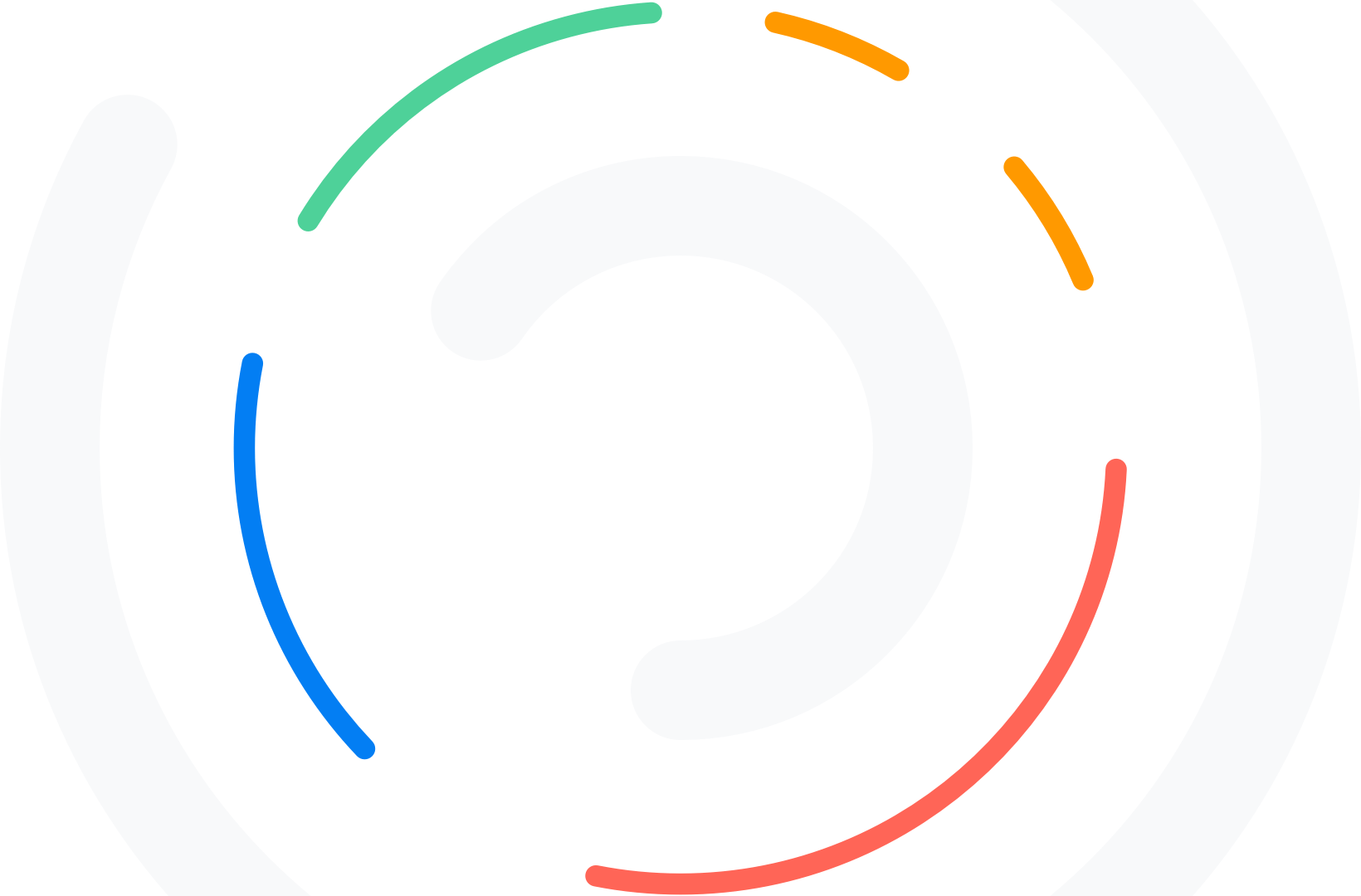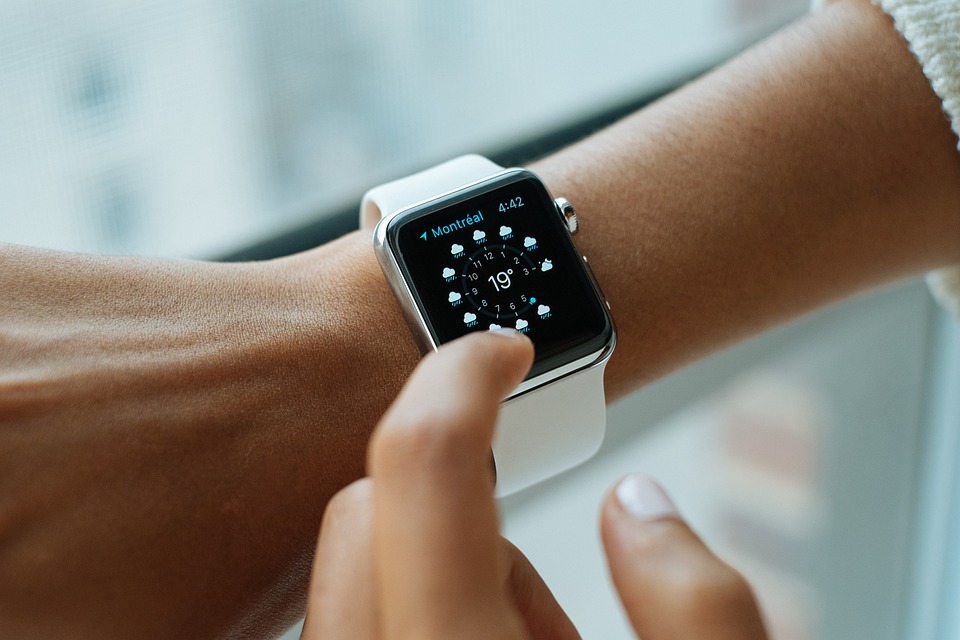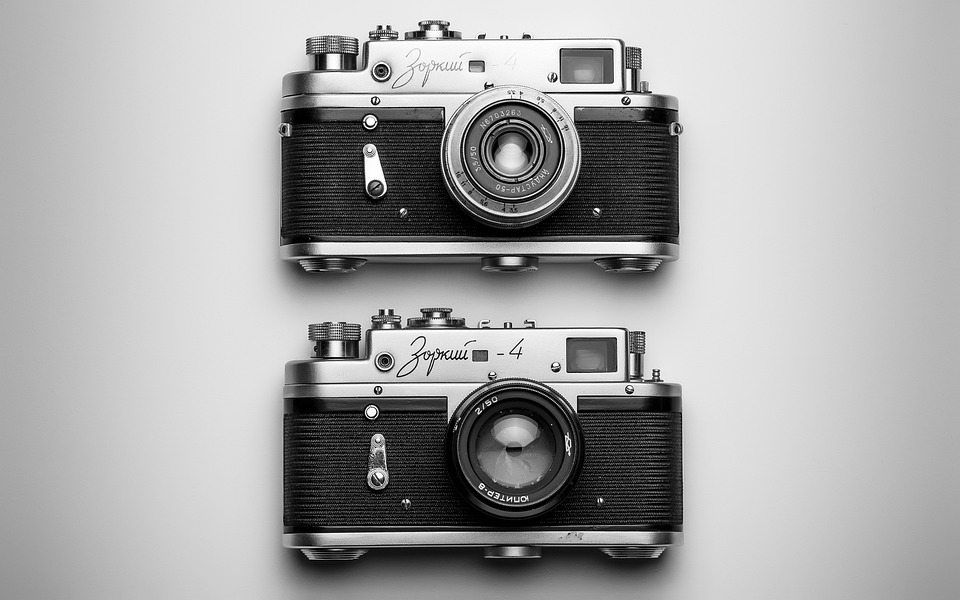
The creative industry has experienced a dramatic shift since the advent of design technology, which has brought about endless opportunities for creative ideas, ranging from 3D printing to virtual reality. Design technology has transformed the approach designers adopt in carrying out their tasks.
There are numerous benefits associated with 3D printing technology, such as the ability to create physical models of designs swiftly and easily, including complex shapes and structures that traditional techniques may not have accomplished. It has also streamlined the design process, allowing designers to test their designs faster, speeding up alterations.
One of the most fascinating design technologies today is virtual reality. Through virtual reality, designers can be more adventurous and create immersive experiences that provide users with the feeling of being inside their designs, which leads to more interaction and creativity, ultimately resulting in exceptional designs.
Augmented reality has become an essential tool in the designer’s kit in recent years. It allows designers to add computer-generated elements onto the physical world, giving users additional interactive experiences.
Design technology plays a significant role in streamlining workflows, allowing for automated tasks and making it easier for designers to work with teams across the globe. This frees up more time for designers to focus on creativity.
Design technology presents limitless possibilities for designers to explore new concepts and produce remarkable work. The tools available today make it easier for designers to unleash creativity and collaborate with ease, resulting in the production of truly innovative work.




